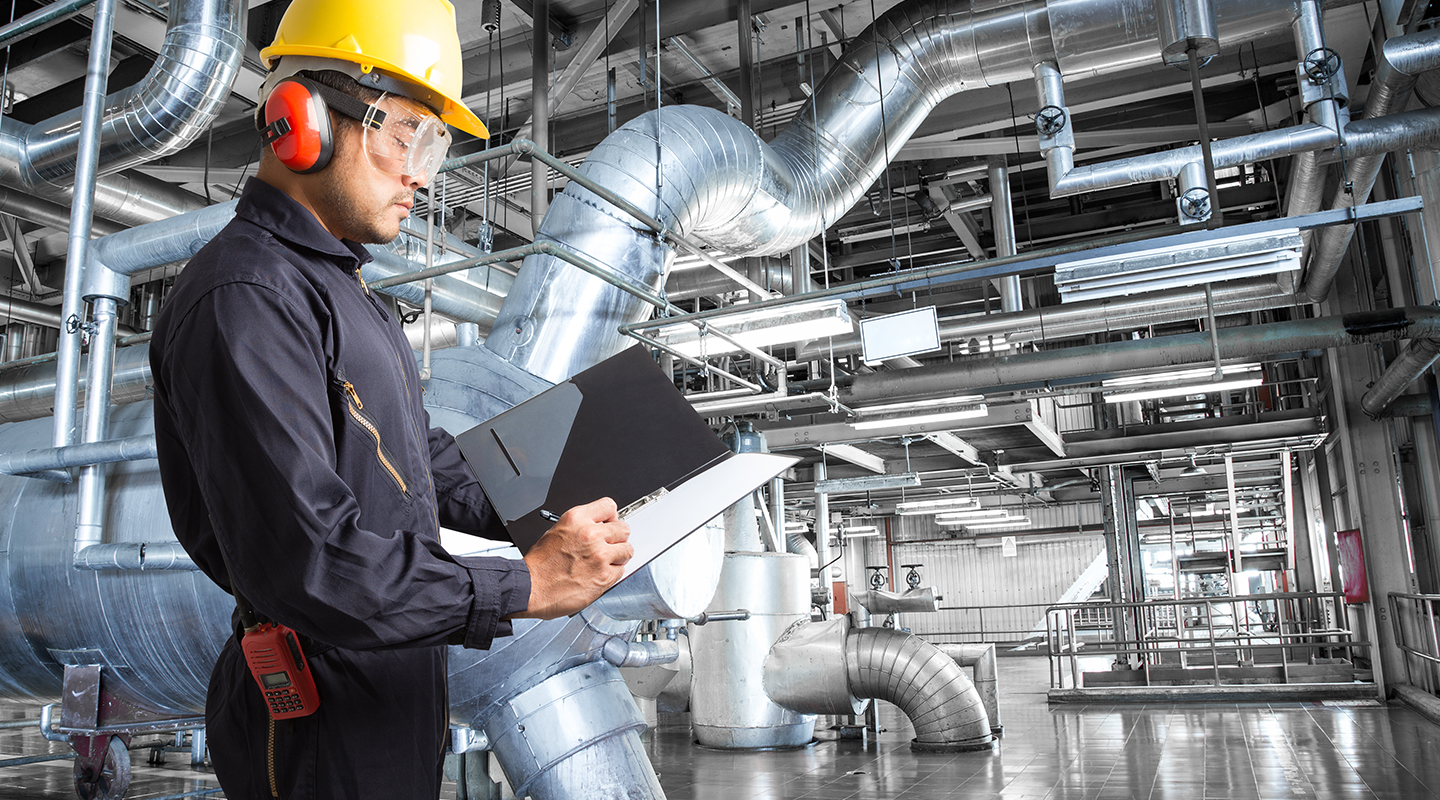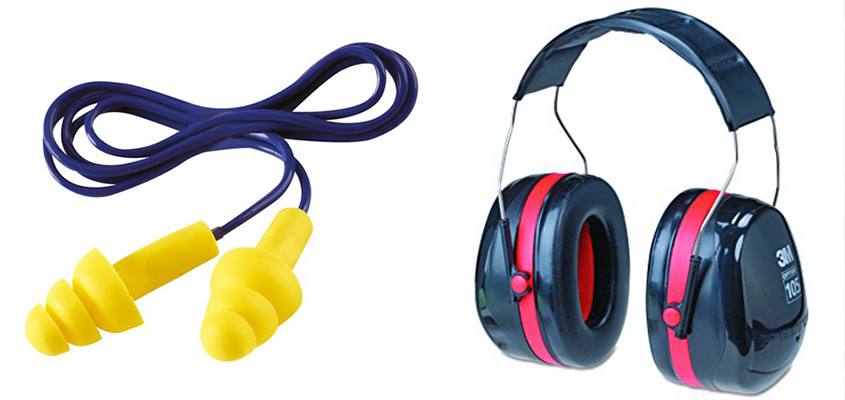Published in Porta 3
Date: 30.06.2017
Sound is defined as change in pressure which the human ear can detect. Sound is expressed in decibel (dB) which is a logarithmic unit used to express the ratio of two values of a physical quantity, most often power or voltage. The unpleasant sound sensation that creates harmful effects in the organism is called noise. Exposure to high level of noise that can be constant (continuous), impulsive, and discontinuous, could have numerous physiological and psychological impacts on the employees. If exposed to high noise levels over long periods of time, permanent loss of hearing can occur.
The Rulebook on Occupational Safety and Health of employees exposed to noise risk (Official Gazette No.21 from 2008) points out the minimum requirements for protection of employees from risks to their health and safety that could arise from exposure to noise.

The exposure limit values and exposure action values regarding the daily levels of exposure to noise and maximum noise pressure, have been determined to:
- ”Exposure limit values“ L ex, 8 h=87 dB, i.e. Ppeаk - 200 Pa;
- ”Upper exposure action values“ L ex, 8 h= 85 dB, i.e. Ppeаk - 140 Pa;
- ”Lower exposure action values“ L ex, 8 h= 80 dB, i.e. Ppeаk - 112 Pa;
Protection of employees from physical hazards as noise should be provided by every employer. It is required to identify all sources of noise in the workplace. The employer is obliged to make risk assessment for each workplace. According to the conducted assessment, measurements for exposure to noise are carried out. Risk assessment and measurements are carried out in appropriate intervals, pursuant to the regulations for conducting periodic inspections and tests by organizations with authorizations obtained from the Ministry of Labor and Social Policy of the Republic of Macedonia for performing expert works in the field of occupational safety and health. Periodical measurements are carried out according to the standards MKS ISO 1999:2010 and MKS EN ISO 9612:2010 in order to identify the daily level of exposure to noise and average measured time of exposure levels for a nominal eight-hour working day.
 There are many action methods that could reduce the level of noise and exposure to noise. The following measures can be taken to improve the conditions regarding high exposure to noise:
There are many action methods that could reduce the level of noise and exposure to noise. The following measures can be taken to improve the conditions regarding high exposure to noise:
- Application of sophisticated equipment in which the noise emission is reduced to a minimum;
- Appropriate reconstruction of the work space and installation of materials that absorb noise and provide better acoustics in the space;
- Adjusting the mode of work during which the least noise is generated;
- Regular maintenance of the machinery and equipment;
- The source of noise, machines, motors, and equipment, should be coated with coating or protective housing made of insulating materials or replaced with equipment that does not generate loud noise. The Directive 2006/42/ЕС of the European Parliament and Council on machinery, amendments to the Directive 95/16/ЕС, and Act 1974, define the required conditions for procurement of appropriate equipment and machines from aspect of occupational safety and health;
- To limit the stay of people in rooms where the noise level is high and to limit the operation of equipment that causes high level of noise. The maximum permissible daily time of continuous exposure to certain level of noise for the employees: level of 90 dB up to 8 hours, level of 92 dB up to 6 hours, level of 95 dB up to 4 hours, level of 97 dB up to 3 hours, level of 100 dB up to 2 hours, level of 110 dB up to 30 minutes, level of 115 dB up to 15 minutes;
- To rotate the employees on workplaces with high noise intensity;
- It is required for the employees who are exposed to noise to possess personal protective equipment for protection from noise. Protective equipment as earplugs and earmuffs have determined noise reduction rating (NRR) for reduction of the harmful effect. Only properly placed protectors achieve the maximum noise reduction. From this aspect, it is required to pay maximum attention to employee training for proper use of the earmuffs and earplugs.
In addition, an example of how much the level of exposure to noise is reduced by using certain noise protection with specified value for NRR.
If the exposure to noise is 93 dB and the NRR of the protection is 29 dB.
The value of exposure with protection NRR (29) = 93 – [(29‐7) x 50%] = 82 dBA.
Company for construction, trade, and services “GEING Krebs und Kiefer International & others” Ltd. is an appointed company by the Ministry of Labor and Social Policy of the Republic of Macedonia for performing professional works in the field of occupational safety and health, within which a Laboratory for measurements in the workplace operates, performs measurements of exposure to noise in the workplace according to the accredited method MKS ISO 1999:2014 Acoustics - Estimation of noise-induced hearing loss.
Prepared by:
Sasha Petrushevska, BSc.Eng.in Technology, GEING Krebs und Kiefer International & others” Ltd., Skopje;
Mirjana Kovacheva Najdova, Lead HS Eng., GEING Krebs und Kiefer International & others” Ltd., Skopje ;
Jasmina Ackovska, Lead HS Eng., GEING Krebs und Kiefer International & others” Ltd., Skopje;



